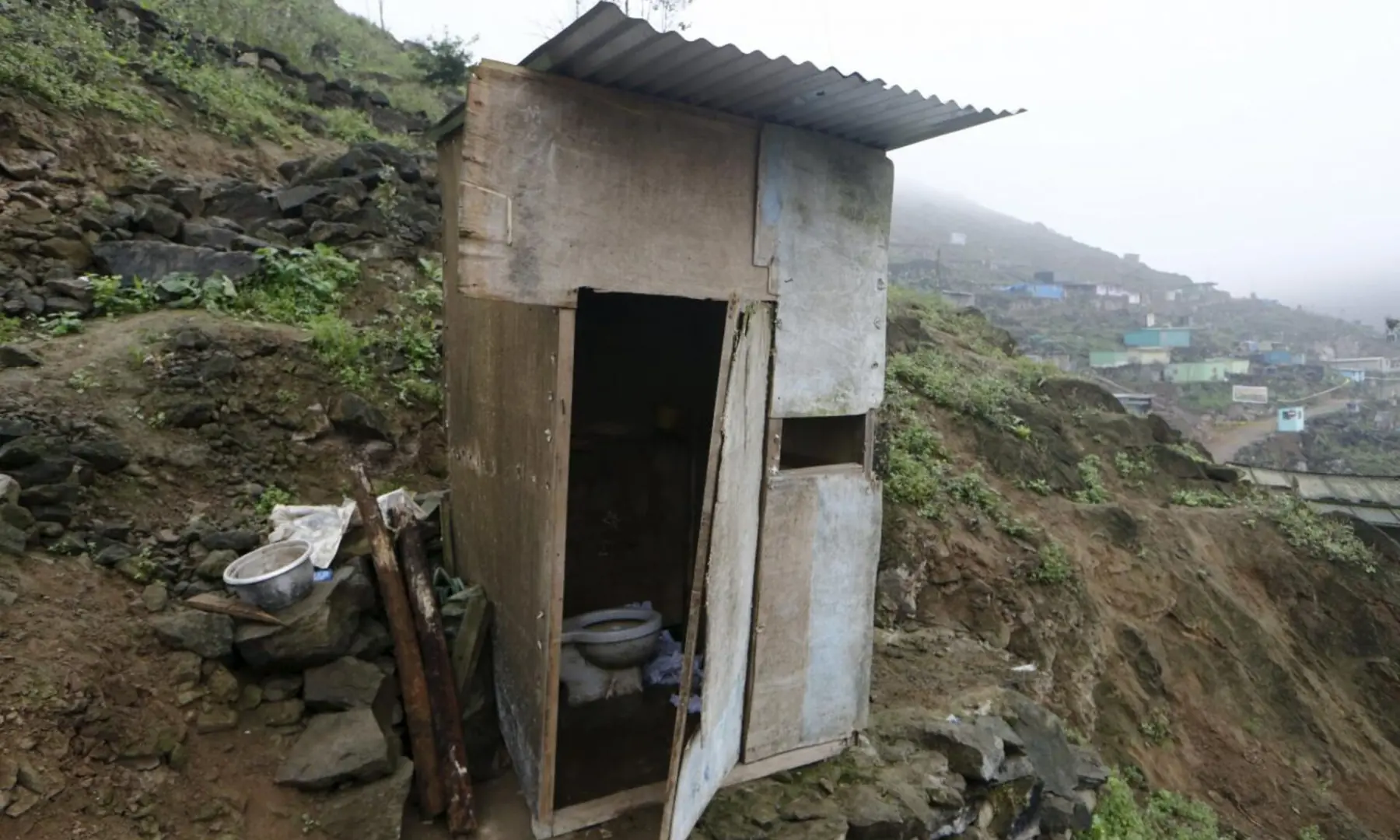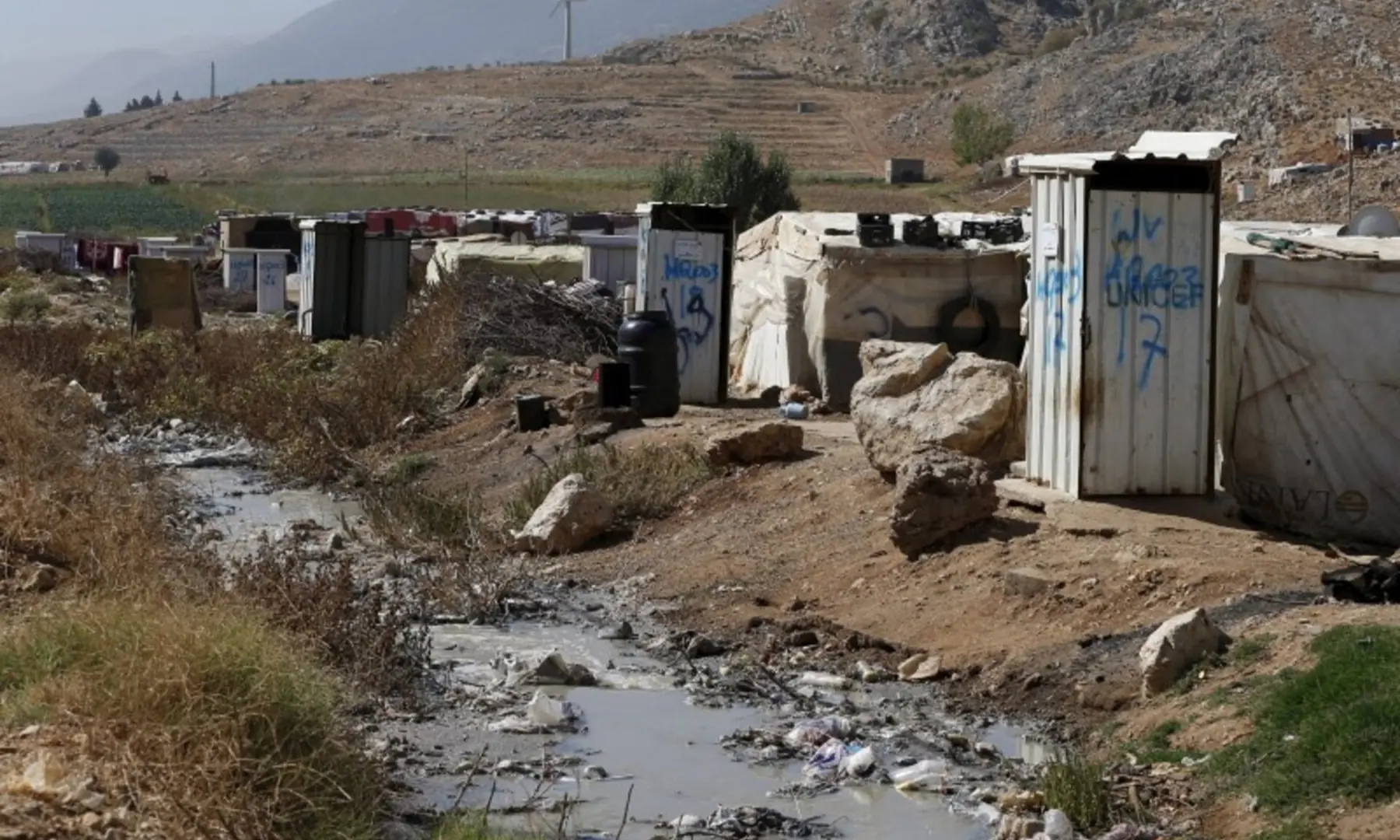On World Toilet Day, over 1.5bn people still have no access to basic sanitation

“In a world reshaped by rising climate pressures, urban growth, and inequality, safe sanitation remains a cornerstone of public health and human dignity,” says United Nations Secretary-General Antonio Guterres in a statement on World Toilet Day on November 19.
Established by the World Toilet Organisation in 2001, the day was made an official United Nations Observance in 2013.
Every year, UN-Water — the UN’s coordination mechanism on water and sanitation — sets the theme for this day. In 2025, the theme is ‘Sanitation in a changing world’, which, according to the UN reminds us “that no matter what the future holds, we’ll always need the toilet”.

“The humble toilet is an icon of progress — preventing disease, protecting the environment, and preserving dignity and opportunity. Without safe sanitation, sustainable development falters. Contaminated water can spread diarrhoeal illnesses, which kill over 1,000 children a day,” says Guterres.
It is important to note, however, that over 1.5 billion people still do not have basic sanitation services, such as private toilets or latrines, according to World Health Organisation. Of these, 419 million still defecate in the open, for example, in street gutters, behind bushes or into open bodies of water.
“Untreated human waste pollutes ecosystems and fuels greenhouse gas emissions,” the UN chief points out. “And for millions of women and girls, the lack of a secure toilet means missed work and school.”

Poor sanitation reduces human well-being, social and economic development due to impacts such as anxiety, risk of sexual assault, and lost opportunities for education and work, according to the WHO.
It is linked to transmission of diarrhoeal diseases such as cholera and dysentery, as well as typhoid, intestinal worm infections and polio; furthermore, it exacerbates stunting and contributes to the spread of antimicrobial resistance.
Even where there are toilets around the world, some hardly warrant the name. In a Syrian refugee settlement camp in Lebanon’s Bekaa Valley, for example, toilets surrounded by graffiti-covered corrugated sheet sit right up against flimsy tents. In the Marcory district of Abidjan, Ivory Coast, a “private” stall is simply built of spare bits of lumber and metal.

Header Image: An open toilet is seen in a field in Gorba in the eastern Indian state of Chhattisgarh. — Reuters




